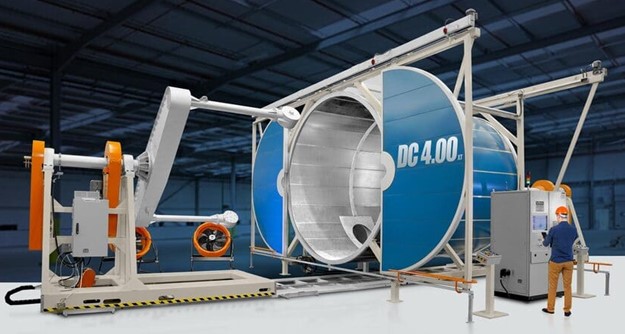Rotomolding Techniques That Deliver Strength and Precision
Rotomolding Techniques That Deliver Strength and Precision
Blog Article
When it comes to innovation on manufacturing processes, rotational molding, or Plastics Rotomolding, is the leader in complicated plastic product design. Over the past 10 years this technique has seen huge success because of its capacity to produce robust, lightweight, and intricate designs with precise function.

Why Is Rotomolding Gaining Traction?
Recent research has revealed that the global rotational molding market is projected to grow dramatically, with an anticipated CAGR of over 5% between 2023 and 2028. This is driven by increasing demand from industries such as construction, agriculture, automotive, and healthcare, where high-quality and customized parts are vital.
The main reason for its success is its versatility. The products made by rotomolding vary from large water tanks to intricate industrial parts. Crucially, this process lets manufacturers create solid, hollow parts that are significantly more resistant to wear and wear. For example, in the packaging industry the use of rotomolded containers is preferred due to their longer lasting and resistance to extreme conditions.
Advantages That Stand Out
Rotomolding's precision and adaptability make it a go-to solution, particularly for intricate forms and rigorous specifications. It is also efficient in terms of resources, generating the least amount of waste when compared to other manufacturing techniques. Furthermore, it allows the use of a variety of materials texture, finish, and options, including the ability to withstand heat and UV.
Customization is another advantage. Whether it's various colors logos, designs, or patterns, rotational molding offers infinite possibilities, while maintaining superior quality and uniformity. On top of that the costs of tooling for rotomolding are typically lower than injection molding, allowing for an economical edge without sacrificing quality of the final product.
A Forward-Thinking Manufacturing Method
The emergence of rotomolding as a process indicates the shift toward greater sustainability. Manufacturers are looking into bio-based plastics and recycled materials, ensuring reduced environmental footprints. Its process in itself, operating at lower temperatures and pressures can reduce energy consumption and promotes greener practices which is becoming a requirement in current industry practices.

Rotomolding makes it easier to manufacture highly complex and durable plastic items while providing the most affordable, customizable and environmentally sustainable alternative. Its increasing acceptance across industries globally highlights its value as an effective choice to meet the demands of today of both the manufacturers and the consumers.
Report this page